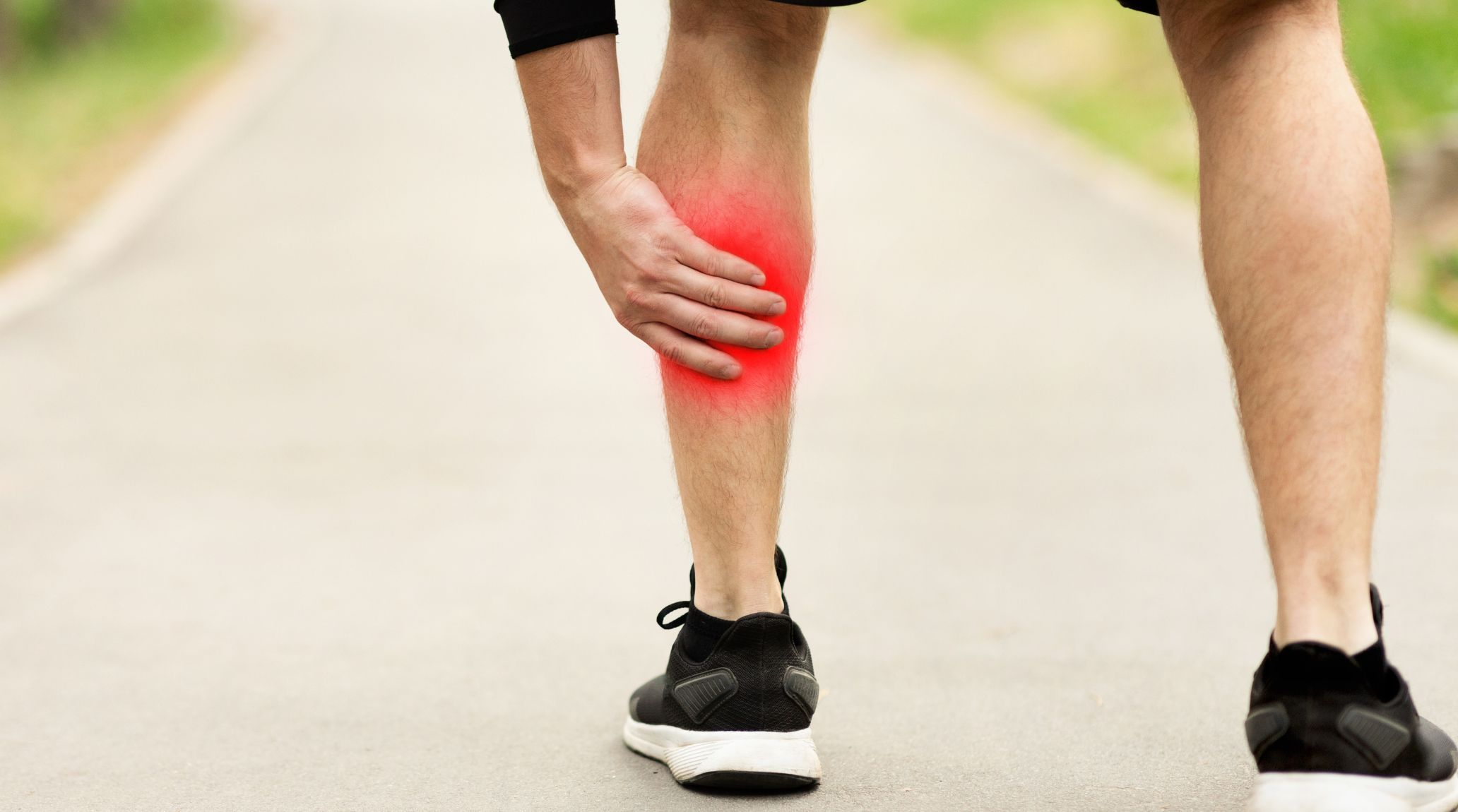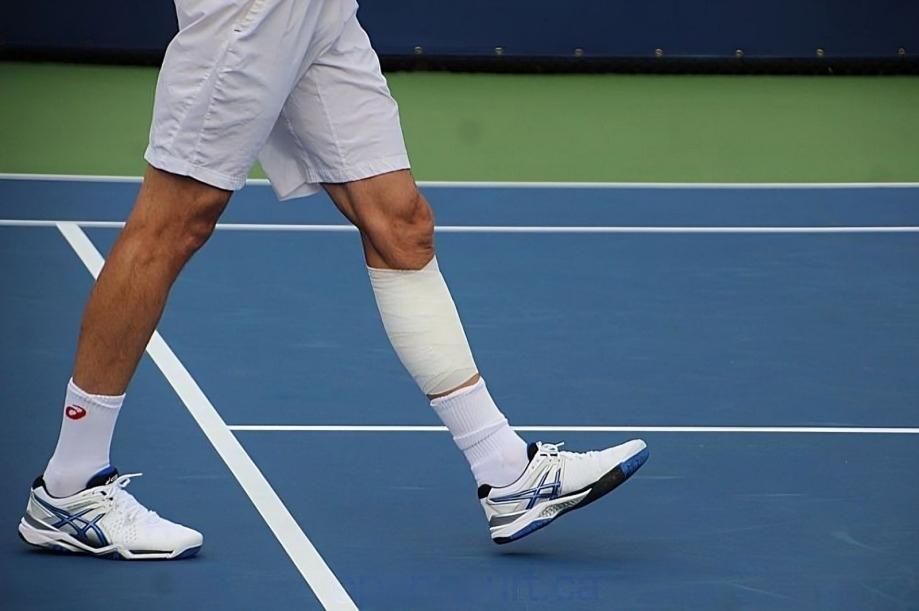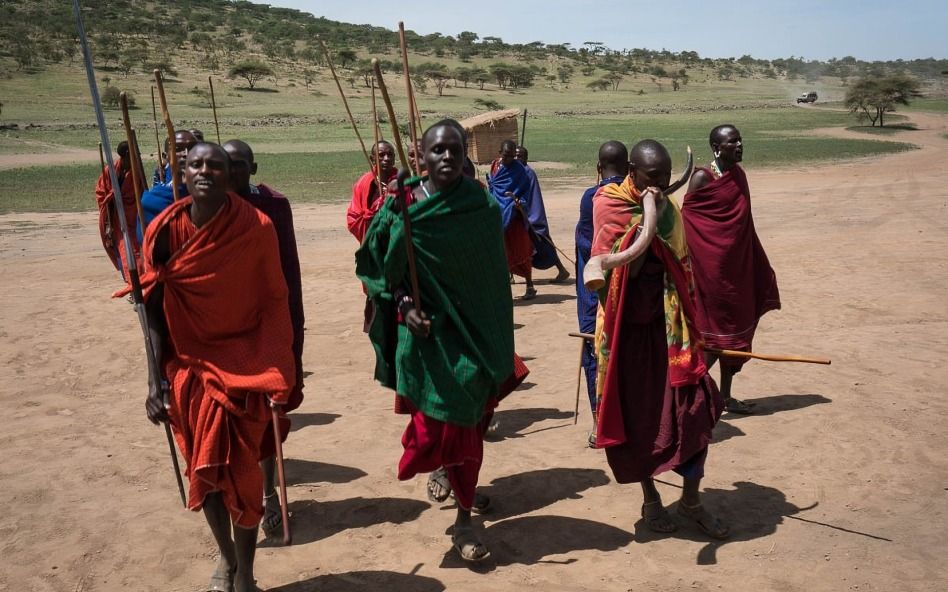
“
Calf Muscle Facts are fascinating, especially for young learners who are eager to understand how their bodies work. The calf muscle, located at the back of the lower leg, plays a crucial role in many of our daily activities. Whether walking, running, or jumping, the calf muscles are hard at work, enabling smooth and powerful movements. In this blog you will explore the interesting aspects of the calf muscle, exploring its structure, function, and significance in our overall physical well-being. 1
1
”
The calf muscle is composed of three primary muscles: the gastrocnemius, soleus, and, in some cases, the plantaris. The plantaris muscle is indeed present in some people but absent in others. 1
The gastrocnemius and soleus muscles join together to make the Achilles tendon, which is the strongest and thickest tendon in your body. This tendon helps you do things like walk on your toes and jump. 2
The gastrocnemius is a muscle that helps you stand up and move against gravity, working together with your thigh and butt muscles to lift your body. 3
Calf muscle injuries are common in athletes, especially in sports where you have to move quickly or jump a lot. The calf muscle’s dual attachment points—connecting to both the knee (femur) and the ankle (heel bone)—make it susceptible to injuries, especially in athletes. 4

Tennis leg" refers to calf strain commonly occurring in tennis players. It happens when the leg is suddenly extended and the foot is flexed, which can lead to a strain in the gastrocnemius.
Dehydration is a major contributor to leg cramps, including those in the calf muscle. Drinking plenty of fluids helps maintain muscle function and prevent painful cramps. 5
Compartment syndrome can happen in your calf when a part of your body gets too much pressure inside it. It can happen after a hard workout or if you get hurt. 6
Pregnant women often get cramps in their calf muscles, which are often caused by changes in blood circulation and increased pressure on the legs.7
Recovery from a calf muscle strain typically involves rest, ice, compression, and elevation (RICE). These steps help reduce swelling and promote healing in the affected muscle.8
Kangaroos possess exceptionally strong calf muscles, allowing them to jump great distances effortlessly. These powerful muscles enable their distinctive hopping motion, making them one of the animal kingdom's most remarkable and efficient jumpers. 9
In contemporary sports cultures, strong calf muscles are crucial for athletes in running, soccer, basketball, and other sports. Training regimens and sports science focus on developing and maintaining calf strength to enhance performance and prevent injuries. 10
The calf muscle plays a crucial role in aiding venous return, helping to push blood back to the heart. This "muscle pump" effect is essential for preventing blood from pooling in the legs, especially during prolonged periods of standing. 11
Wearable devices can track muscle activity, including calf muscle contractions. This data can be used to monitor performance, prevent injuries, and optimize training regimens. 12

The Maasai people, known for their long-distance walking and running, rely heavily on strong calf muscles for daily life and traditional practices. They often travel long distances on foot, which demands excellent lower leg strength and endurance.
Ultrasound technology has improved significantly, allowing for detailed visualization of calf muscle tissue. It plays a key role in diagnosing injuries, tracking healing progress, and evaluating muscle conditions. 13
Ultrasound technology has improved significantly, allowing for detailed visualization of calf muscle tissue. This process assists in diagnosing injuries, monitoring healing progress, and assessing muscle conditions. 14
Strong calf muscles can influence your metabolism. They help increase overall muscle mass, which in turn boosts your resting metabolic rate, aiding in weight management and overall health. 15
Around 10 to 30% of people have a small, floating bone called the fabella located in the lateral aspect of the gastrocnemius. This sesamoid bone is not present in everyone but can influence muscle function.16
Virtual reality facilitates immersive rehabilitation exercises for calf muscle strengthening and stretching. Additionally, it offers a dynamic platform for patients to regain mobility and enhance their overall physical well-being. 17
Cheetahs rely on their calf muscles for their lightning-fast sprints. These muscles are built for explosive power, enabling them to accelerate from 0 to 60 mph in just seconds. 18


